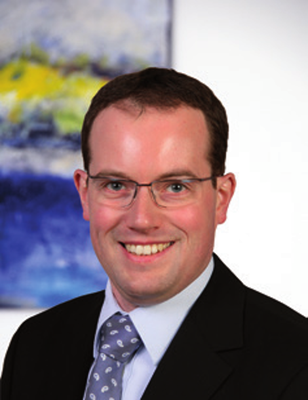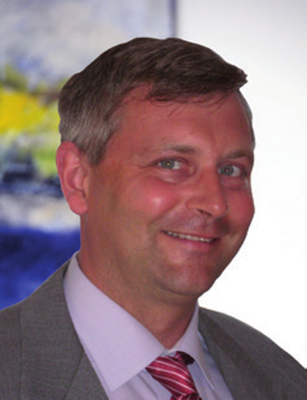Introduction to Welding Simulation
Due to recent developments in LS-DYNA, the complete welding process can be captured. In this regard, the numerical simulation can be performed in several stages where, for instance, the cooling process as well as the associated warping of the structural components can be computed after each welding stage. Moreover, the choice of a suitable material law also allows considering microstructural transformations in the welding zone itself or in the heat-affected zone. The resulting residual stress states and any remaining plastic strains can then be taken into account both in the next welding stage as well as in a subsequent usability simulation. With these features at hand, it is possible to virtually represent the entire process chain.
The aim of this seminar is to give the participants a brief introduction to the thermomechanical coupled simulation with LS-DYNA. Herein, the required forms of heat sources and transfer for a successful welding simulation will be discussed and their definition in LS-DYNA is shown.
Contents
- Introduction
- Material models for welding simulations (*MAT_270)
- Heat source computation with SimWeld
- Interface between SimWeld and LS-DYNA
- Modelling heat sources in LS-DYNA
- Implicit solver settings for welding simulations
- Time step size control
- Mechanical und thermal contact
- Structured organization of an input deck for several welding stages
- Post-processing
| Dates | Duration/days | Calendar | Registration | Referee | Language | Location | Fee |
|---|---|---|---|---|---|---|---|
| 22.05.2025, 09:00 - 17:00 | 1 day | Add to calendar | Thomas Klöppel | English | Stuttgart (GER) | 525 € |
Lecturers
Thomas Klöppel

Dr.-Ing.
Areas of expertise:
Composites, welding processes, thermal forming processes
Academic studies:
Mathematics
Tobias Loose

Dr.-Ing.
Lecturer of the seminar:
- Introduction to Welding Simulation with LS-DYNA